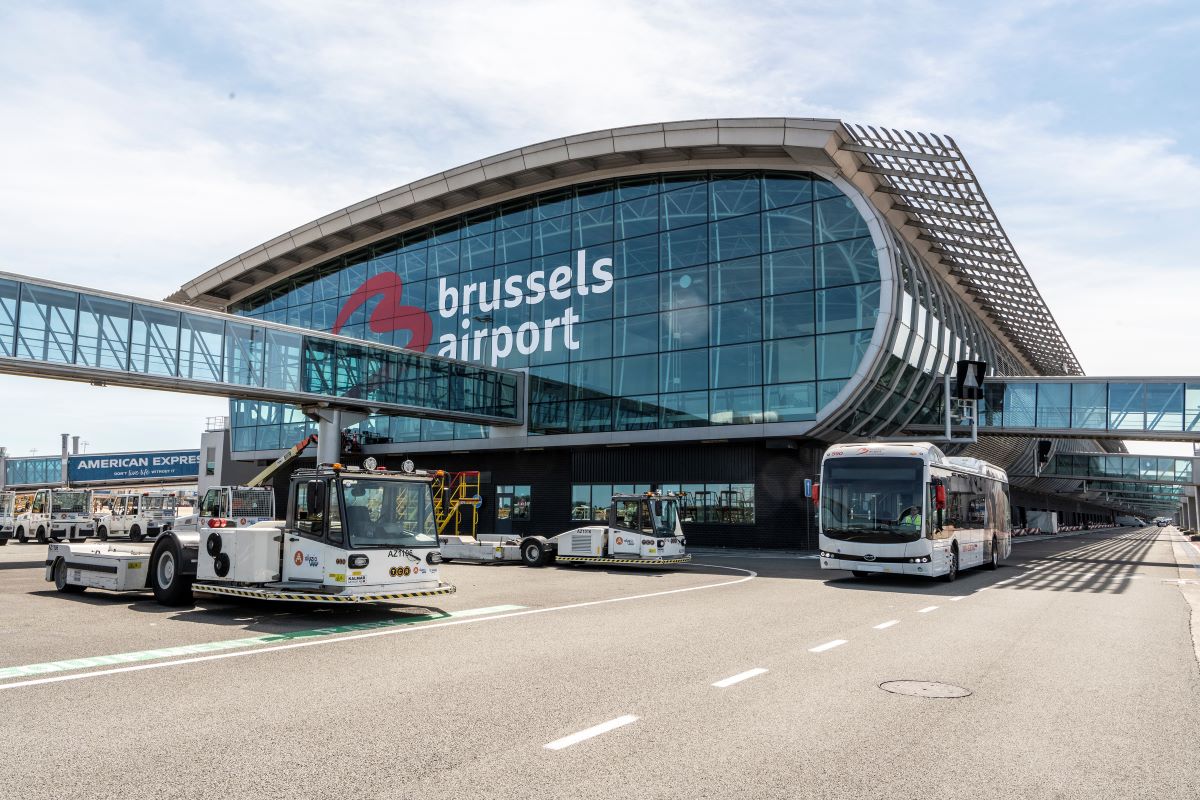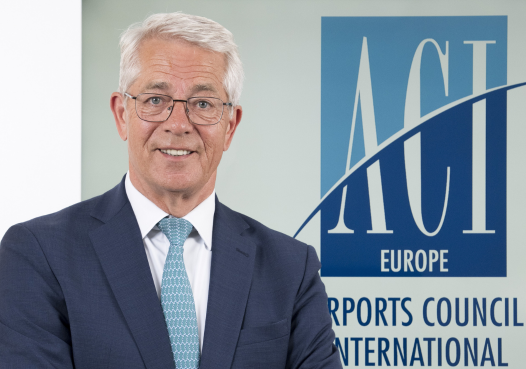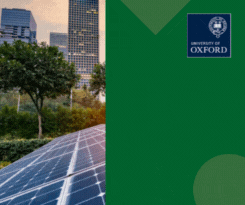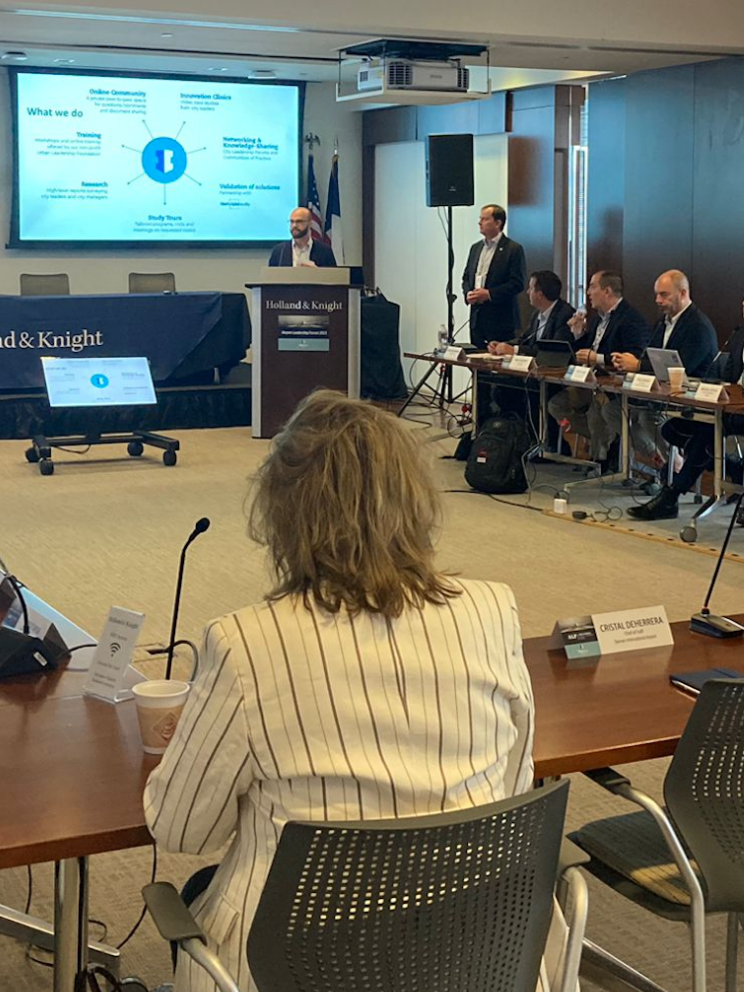
Brussels Airport to reach net zero by 2030
11 May 2024
by Jonathan Andrews
Brussels Airport has demonstrated through new digital twin technology the potential for its buildings to reach net-zero emissions by 2030, drastically accelerating the airport’s initial target of net zero by 2050.
“By deploying zero-carbon solutions within our airport buildings, promising opportunities exist to make a positive impact in reducing our scope 1 and 2 emissions,” said Christel Vandenhouten, Head of Sustainable Development, at Brussels Airport. “While there is still much work to be done, digital twin technology can help us simulate the impact of various net-zero solutions.”
The project marks a significant step up from the current use of digital twin technology at airports, where it has most commonly been used in experiments to optimise commercial operations.

“[Digital twins] are also playing an increasingly important role in informing longer-term decarbonisation investments, allowing organisations to simulate and forecast the impact of different scenarios to form a clear pathway to net-zero,” Giulia Barbano, R&D Operations Manager at IES told Cities Today.
IES has developed the digital twin for Brussels Airport, as part of the EU-funded Stargate initiative, which received a €24.8 million grant from the European Green Deal to develop concrete solutions to improve the sustainability of airports and aviation.
IES created a digital replica of the 40 most energy-intensive buildings at Brussels Airport before modelling scenarios such as installing PV solar, EV chargers, and electrifying heating to find the most effective routes to net zero carbon emissions by 2030 for the airport.
Through different modelling stages, plans were simulated to cut emissions across its buildings through various energy-saving measures, including replacing gas boilers with heat pumps and installing solar PV on site. In doing so, they were able to verify the potential for up to 63 percent CO2 savings against the 2019 baseline year through these measures.
“Through the digital twin, we have been able to verify that Brussels Airport can make a complete shift away from natural gas to using all-electric systems,” added Barbano. “This is key in ensuring that any excess energy demand that cannot be met through on-site generation can be decarbonised with renewable offsite sources.”
The Stargate project is being implemented alongside a consortium of 21 partners, including airports in Athens, Budapest, and Toulouse, which are also collaborating with IES to develop digital twins to support their decarbonisation goals.
Image: Brussels Airport









